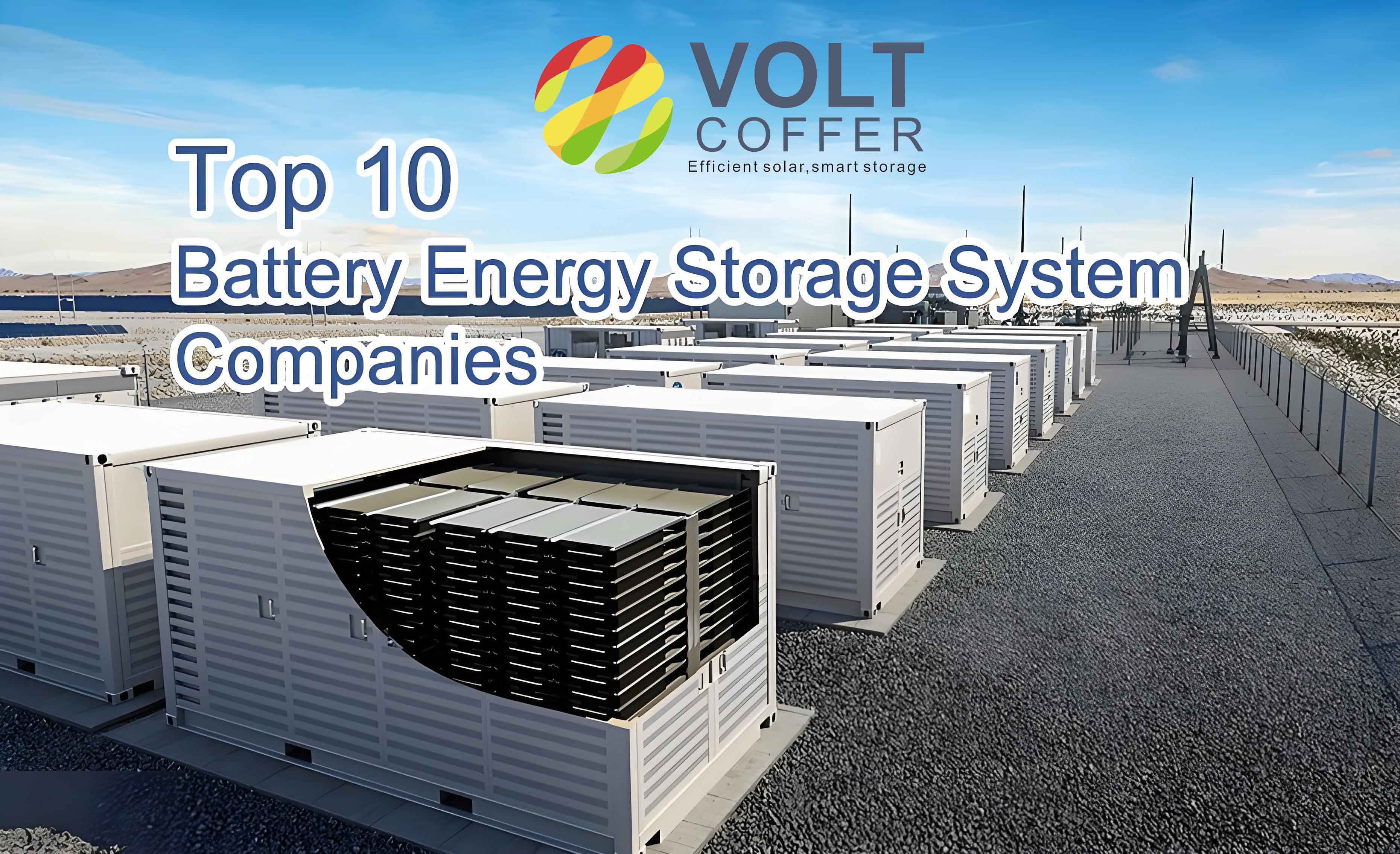As the demand for efficient energy storage solutions grows, the thermal management of lithium-ion batteries in energy storage systems has become a critical area of research. Energy storage battery, especially those used in grid-scale applications, require robust thermal management systems (TMS) to maintain optimal operating temperatures and ensure safety. This study focuses on optimizing liquid cooling systems for energy storage battery under diverse working conditions, emphasizing temperature uniformity, cooling efficiency, and energy consumption reduction.

1. Introduction
Energy storage battery is pivotal in modern power systems, enabling renewable energy integration, grid stability, and peak shaving. However, their performance and safety are heavily influenced by thermal management. Liquid cooling, with its superior heat capacity and thermal conductivity compared to air cooling, has emerged as a leading solution for high-power energy storage battery. This work addresses two liquid cooling configurations—longitudinal and transverse cooling plate layouts—and evaluates their performance under constant-current and real-world operational scenarios. Key parameters such as coolant flow rate, temperature, channel count, and inlet configuration are systematically analyzed to optimize cooling efficiency.
2. Methodology
2.1 Geometric and Mathematical Modeling
The study employs a prismatic lithium iron phosphate (LFP) battery module with 18 cells arranged in a 3-series, 6-parallel configuration. Two liquid cooling designs are investigated:
- Design 1: Longitudinal cooling plates (4 plates, 7 channels per plate).
- Design 2: Transverse cooling plates (7 plates, 7 channels per plate).
The thermal behavior of energy storage battery is modeled using COMSOL Multiphysics. Key assumptions include uniform internal heat generation, isotropic material properties, and negligible radiative/convective effects. The Bernardi heat generation model is adopted:q=1V[(U0−U)−TdU0dT]q=V1[(U0−U)−TdTdU0]
where qq is the volumetric heat generation rate, U0U0 and UU are open-circuit and terminal voltages, and TT is temperature.
The governing equations for heat transfer in the battery, coolant, and aluminum cooling plates are:ρcp∂T∂t=∇⋅(λ∇T)+q(Battery)ρcp∂t∂T=∇⋅(λ∇T)+q(Battery)ρwcw(∂T∂t+u⋅∇T)=∇⋅(kw∇T)(Coolant)ρwcw(∂t∂T+u⋅∇T)=∇⋅(kw∇T)(Coolant)ρccc∂T∂t=∇⋅(kc∇T)(Cooling Plate)ρccc∂t∂T=∇⋅(kc∇T)(Cooling Plate)
where subscripts ww and cc denote coolant and cooling plate properties, respectively.
2.2 Validation and Grid Independence
The model is validated against experimental data, showing a root mean square error (RMSE) of 0.15°C. Grid independence tests confirm that refined meshes (e.g., 5.3 million elements for Design 1) yield accurate results without excessive computational cost.
3. Performance Comparison of Cooling Designs
3.1 Longitudinal vs. Transverse Layouts
Under 1C and 3C constant-current charging, Design 1 outperforms Design 2 in temperature control:
| Parameter | Design 1 (1C) | Design 2 (1C) | Design 1 (3C) | Design 2 (3C) |
|---|---|---|---|---|
| Max Temperature (°C) | 34.93 | 37.91 | 58.82 | 52.58 |
| Max ΔT (°C) | 2.44 | 4.10 | 5.01 | 8.54 |
The inferior performance of Design 2 arises from anisotropic thermal conductivity in the battery module, where heat dissipation along the Y-axis is less efficient.
4. Parametric Optimization under Constant-Current Conditions
4.1 Coolant Flow Rate
Increasing flow rate reduces peak temperatures but exhibits diminishing returns:
| Flow Rate (cm³/s) | 1C Max Temp (°C) | 3C Max Temp (°C) |
|---|---|---|
| 1 | 35.82 | 58.82 |
| 2 | 33.05 (-5.38%) | 52.58 (-10.74%) |
| 3 | 32.20 (-0.85%) | 50.87 (-1.71%) |
A flow rate of 2 cm³/s balances cooling efficiency and energy consumption.
4.2 Coolant Temperature
Lower coolant temperatures linearly reduce peak temperatures:
| Coolant Temp (°C) | 1C Max Temp (°C) | 3C Max Temp (°C) |
|---|---|---|
| 20 | 29.58 | 46.11 |
| 25 | 33.05 | 49.66 |
| 30 | 36.49 | 53.34 |
A coolant temperature of 20°C is optimal, considering energy costs.
4.3 Channel Count and Inlet Configuration
Increasing channels from 5 to 7 significantly improves cooling, but further increases yield marginal gains. Dual inlets reduce temperature gradients:
| Configuration | 1C Max ΔT (°C) | 3C Max ΔT (°C) |
|---|---|---|
| Single Inlet | 2.44 | 5.01 |
| Dual Inlets | 2.22 (-9.0%) | 4.56 (-9.8%) |
5. Real-World Application: Peak Shaving and Frequency Regulation
5.1 Performance Under Dynamic Loads
In grid applications with fluctuating charge/discharge rates, the optimized liquid cooling system reduces temperatures by 5.13°C (10.86%) compared to natural convection. Key metrics:
| Condition | Peak Temp (°C) | Max ΔT (°C) | Coolant Usage (cm³) |
|---|---|---|---|
| Natural Convection | 47.24 | 5.10 | – |
| Constant Flow (2 cm³/s) | 42.11 | 3.19 | 49,846 |
| Variable Flow | 39.84 (-5.39%) | 3.27 (+2.51%) | 44,707 (-10.3%) |
Variable flow strategies adapt to load changes, enhancing efficiency while reducing coolant consumption.
6. Conclusion
This study demonstrates that liquid cooling systems are indispensable for maintaining the performance and safety of energy storage battery. Key findings include:
- Longitudinal cooling plate designs (Design 1) achieve superior thermal management due to anisotropic battery conductivity.
- Optimal parameters under constant-current conditions are: 2 cm³/s flow rate, 20°C coolant, 7 channels, and dual inlets.
- In real-world applications, variable flow strategies reduce peak temperatures by 5.39% and coolant usage by 10.3%.
Future work will explore hybrid cooling systems integrating phase-change materials (PCMs) and advanced control algorithms to further enhance energy storage battery performance.
Formulas and Tables Summary
| Equation | Description |
|---|---|
| q=1V[(U0−U)−TdU0dT]q=V1[(U0−U)−TdTdU0] | Bernardi heat generation model for energy storage battery. |
| ρcp∂T∂t=∇⋅(λ∇T)+qρcp∂t∂T=∇⋅(λ∇T)+q | Heat diffusion equation for battery modules. |
| Parameter | Optimal Value |
|---|---|
| Coolant Flow Rate | 2 cm³/s |
| Coolant Temperature | 20°C |
| Cooling Channels | 7 per plate |
| Inlet Configuration | Dual inlets |
By systematically optimizing these parameters, liquid cooling systems can ensure the reliability and longevity of energy storage battery in diverse operational environments.
